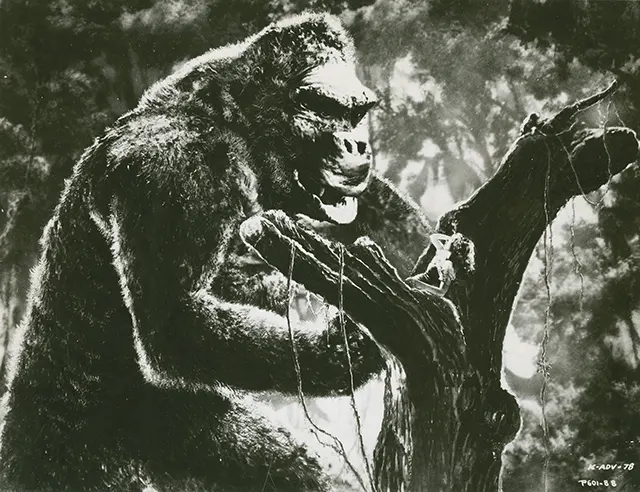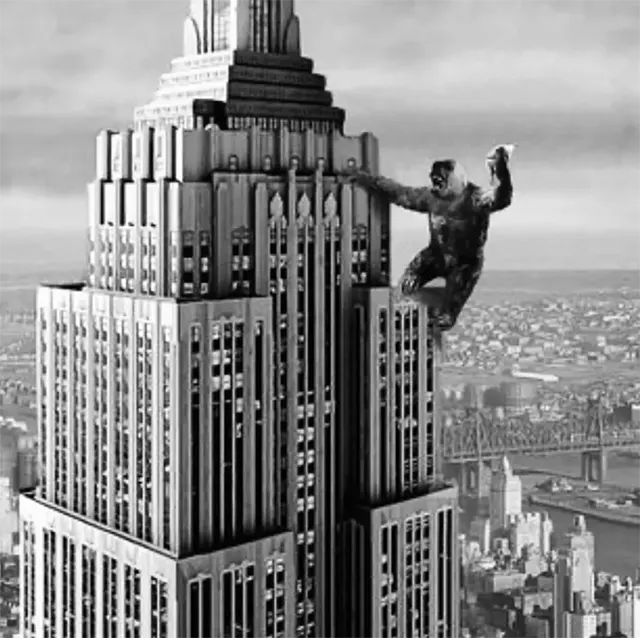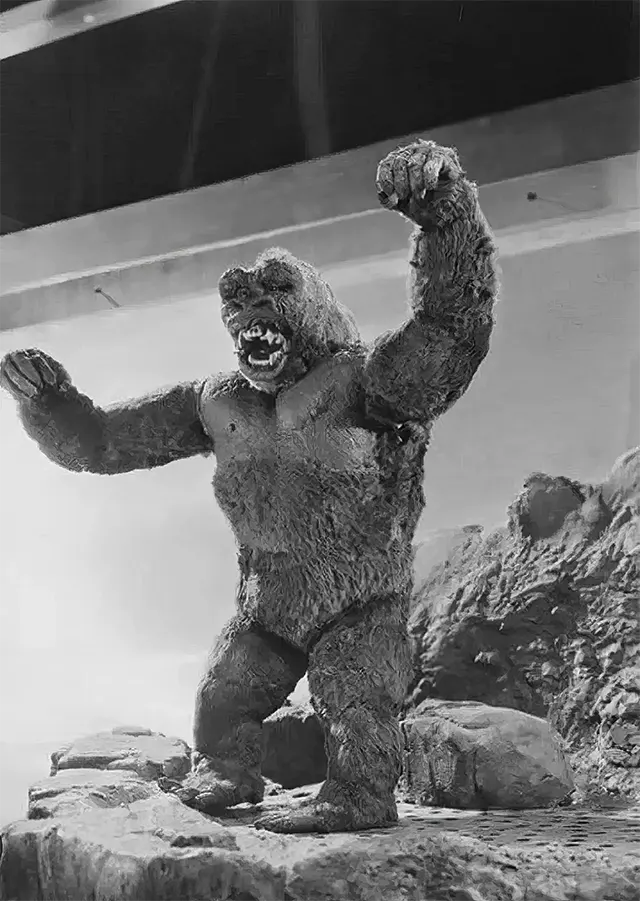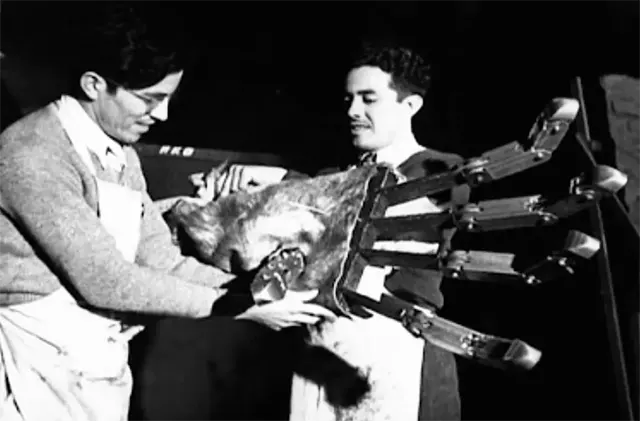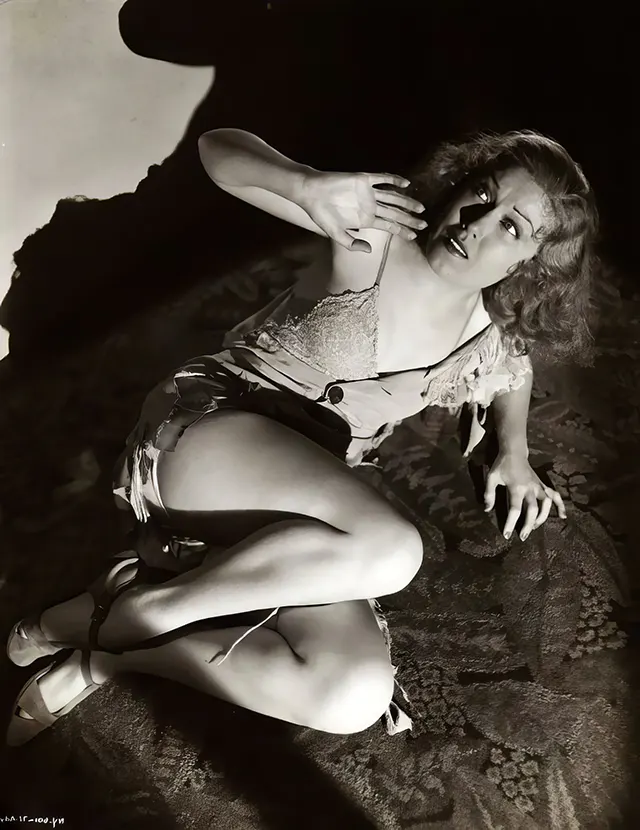“King Kong,” released in 1933, is one of the most iconic films in cinematic history. It brought together groundbreaking special effects, memorable characters, and a captivating story. Directed by Merian C. Cooper and Ernest B. Schoedsack, the film’s production was filled with challenges and innovative techniques that set the stage for future monster movies. Let’s dive into the making of this classic horror film and explore the creative processes, behind-the-scenes efforts, and the people who brought King Kong to life.
The Story Behind King Kong
The story of “King Kong” revolves around a giant ape who is captured on Skull Island and brought to New York City. The film follows a film crew led by director Carl Denham, played by Robert Armstrong. The crew travels to the mysterious island to shoot a movie but discovers Kong, a massive ape who terrorizes them. The film features strong themes of beauty, danger, and the clash between civilization and nature.
The screenplay was written by James Ashmore Creelman and Ruth Rose. The story was inspired by various sources, including the popular adventure novels of the time and the fascination with exotic locales. The idea of capturing a giant creature and bringing it back to civilization was both thrilling and terrifying.
Read more
The Vision of Merian C. Cooper
Merian C. Cooper, one of the film’s directors, was a visionary. He had a passion for adventure and storytelling. Before making “King Kong,” Cooper had traveled extensively, and his experiences inspired his film work. His vision was to create a film that combined live action with special effects in a way that had never been done before.
Cooper envisioned King Kong as a tragic figure. He wanted audiences to feel sympathy for the creature, even as it wreaked havoc. This idea set “King Kong” apart from other monster movies of the time. It was not just a horror film; it was also a poignant tale of love and loss.
The Role of Ernest B. Schoedsack
Ernest B. Schoedsack was Cooper’s co-director and a crucial part of the filmmaking process. Schoedsack focused on the technical aspects of the film. He was responsible for many of the special effects that brought King Kong to life. Together, Cooper and Schoedsack collaborated closely on the film’s direction and overall vision.
Schoedsack had a background in documentary filmmaking. This experience helped him create a sense of realism in the film. His attention to detail and ability to capture emotion in scenes enhanced the film’s storytelling.
The Creation of King Kong
The giant ape, King Kong, was brought to life using a combination of techniques. The filmmakers used stop-motion animation, which involved creating a puppet of Kong and moving it frame by frame. This method allowed them to create the illusion of movement, giving Kong a lifelike appearance.
The character of King Kong was designed by Willis O’Brien, who was a pioneer in special effects. O’Brien had worked on several silent films, perfecting his skills in stop-motion animation. For “King Kong,” he created a detailed and expressive model of the ape, which was around 18 inches tall.
O’Brien’s work was meticulous. He spent hours adjusting Kong’s movements, ensuring that every frame captured the creature’s personality. The process was time-consuming, with each second of film requiring up to 24 frames. This dedication is evident in the final product, where Kong’s movements feel fluid and natural.
The Iconic Skull Island
Skull Island, the mysterious home of King Kong, was a significant part of the film. The filmmakers wanted to create a lush, tropical environment that felt both exotic and dangerous. To achieve this, they constructed elaborate sets and used miniatures to depict the island’s landscapes.
The art direction was led by a team that included creative minds like the production designer and the special effects crew. They used various materials to create the jungle, including painted backdrops, models, and practical effects. The combination of these elements produced a stunning visual representation of Skull Island.
The filmmakers also used sound to enhance the atmosphere of Skull Island. The sound design included the roars of Kong, the screeches of other creatures, and the ambient sounds of the jungle. These elements contributed to the film’s immersive experience, drawing viewers deeper into the world of “King Kong.”



